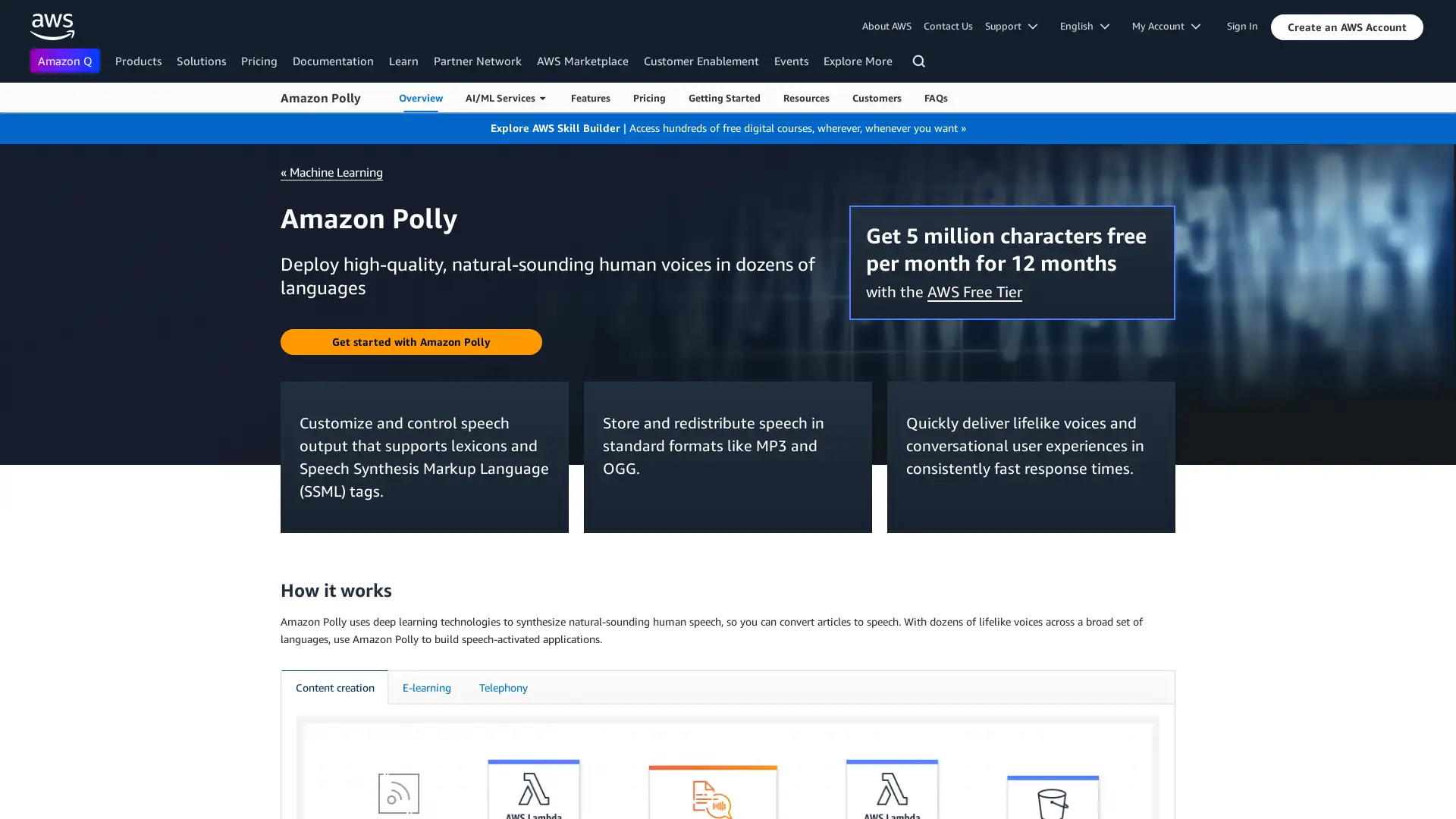Best 3 AI Tools for Multilingual Audio in 2024
Desivocal, Amazon Polly, DesiVocal are among the best paid and free Multilingual Audio tools available.
Understanding AI Tools for Multilingual Audio
AI tools for Multilingual Audio are advanced systems designed to create, process, and manipulate audio content in multiple languages. These tools are essential for industries that need to engage diverse linguistic audiences, such as media production, education, and customer service. By utilizing natural language processing (NLP) and text-to-speech (TTS) technologies, they convert written text into lifelike speech in various languages, breaking down language barriers and improving accessibility for non-native speakers.
Key Features of Multilingual Audio AI Tools
These tools offer a range of capabilities, from simple text-to-speech conversion to more complex tasks like emotion-driven voice modulation and dialect-specific pronunciation. Adaptability is a core strength, as they can be fine-tuned to different languages and accents. Key features include support for multiple languages, AI-powered natural voice synthesis, customization of tone and pace, and the ability to generate voiceovers for various contexts such as media, education, and marketing. Some tools focus specifically on local dialects, like AI-powered authentic Indian voiceovers.
Who Can Benefit from AI Tools for Multilingual Audio?
These AI tools are beneficial for a wide range of users, from novices who need a simple text-to-speech solution to professionals in industries like media, marketing, and education who require high-quality multilingual voiceovers. Developers and tech-savvy users can also integrate these tools into more complex workflows through APIs and customization options. The tools are accessible to non-programmers but provide deeper functionality for those with technical expertise.
Further Insights on the Applications of Multilingual Audio AI Tools
AI tools for Multilingual Audio are used across industries, from media production to corporate training. Their user-friendly interfaces make them easy to integrate with existing workflows, whether for generating voiceovers for video content or for creating interactive voice applications. These tools can be seamlessly integrated into larger systems, offering scalable solutions for both small businesses and large enterprises.


